I am trying to run a sketch that is supposed to show images (png´s, between 100kb and 1,5mb in size, 55.4mb total) in a coverflow animation. it works with about 10 images, but using more I get a out of memory error. I am loading the images file names into an string array like so:
String[] names = {"00.jpg", "01.jpg", "02.jpg"};
and then they get loaded into the sketch like so:
covers = new Cover[names.length];
for (int i = 0; i < covers.length; i++ ) {
covers[i] = new Cover(names[i]);
}
initCovers();
covers class:
class Cover {
PImage img;
Cover( String name ) {
img = loadImage(name);
public void drawCover() {
beginShape();
textureMode(NORMALIZED);
texture(img);
vertex(-300, -300, 0, 0, 0);
vertex( 300, -300, 0, 1, 0);
vertex( 300, 300, 0, 1, 1);
vertex(-300, 300, 0, 0, 1);
endShape();
when I run the sketch, my ram (8gb) gets filled within seconds, and the sketch doesn´t even load, it just crashes. when I start the sketch with about 10 images, everything works fine ( bout 1,5gb of ram usage).
my question is: why is it using so much memory? is it normal? is there a way to make it run more memory efficient (e.g. freeup memory of images that are not currently displayed because we can only see about 3 images at once on screen).
EDIT: I think the problem is that in the cover class, each time it gets called a new PImage is created. could that be possible?
image size in memory: width * height * (color depth/8), so for my images (1575y1969, 24bit) that woul be 8,9mb. times 91 images: about 807mb of memory usage just for the images.
